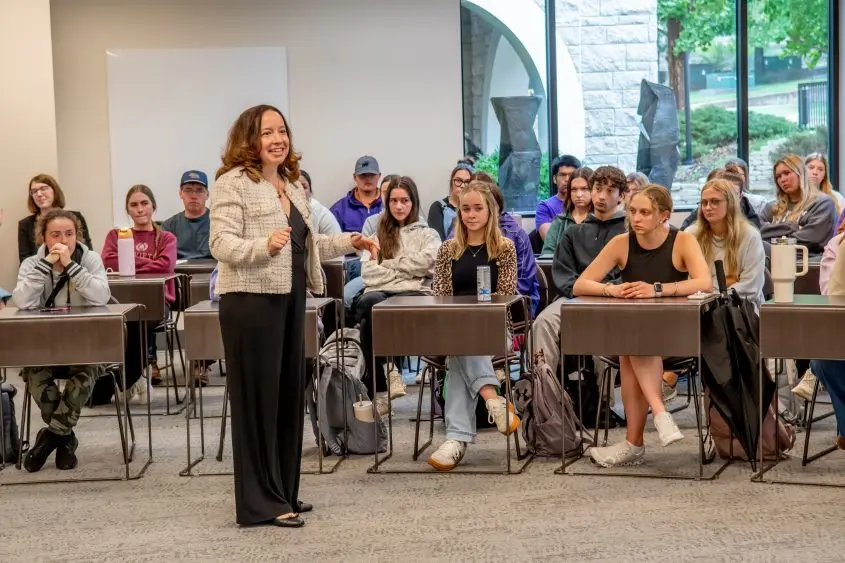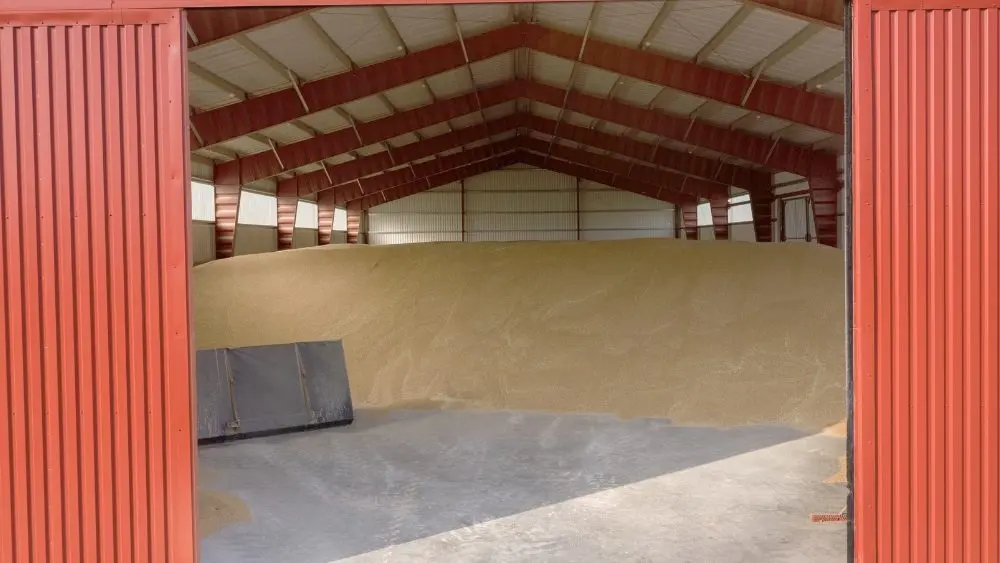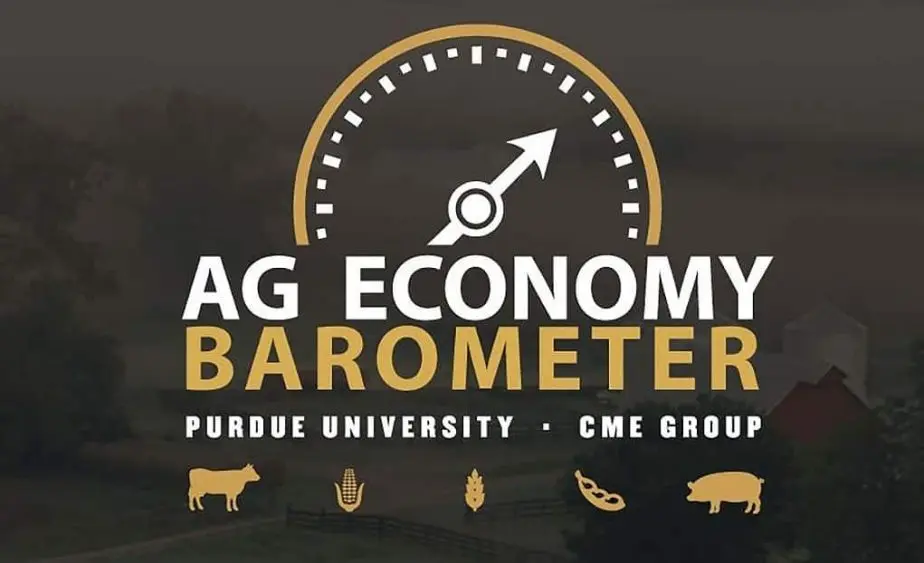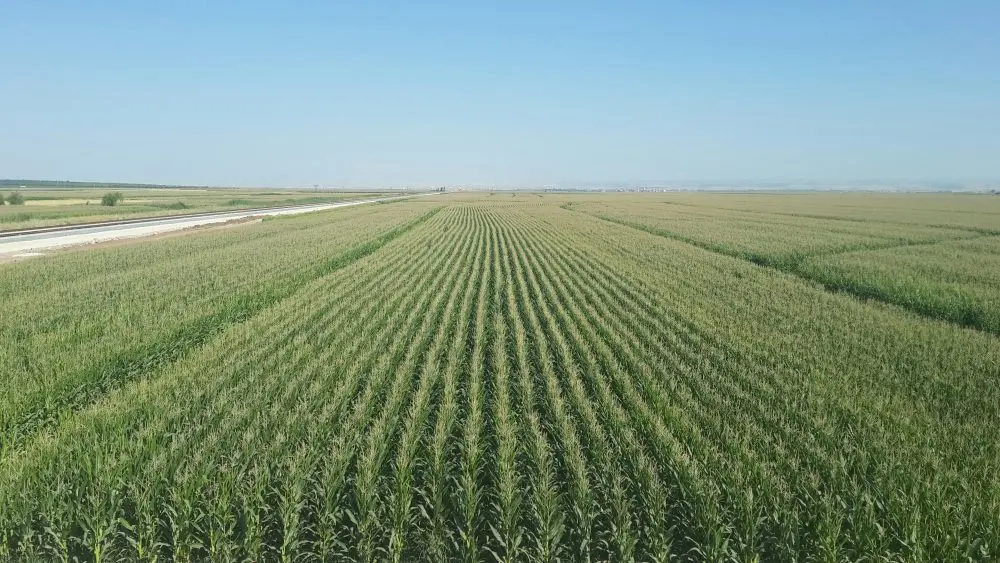MANHATTAN, Kan. — Growing up on a remote ranch in New Mexico, Megin Nichols learned early that the health of animals, humans and the environment are deeply connected.
Today, that belief — rooted in her childhood experiences with livestock and reinforced through a career spanning veterinary medicine and public health — forms the foundation of Nichols’ work, and was the centerpiece of her message during the 2025 Henry C. Gardiner Global Food Systems Lecture Series Oct. 6 at Kansas State University.
“We call New Mexico the Land of Enchantment,” Nichols told a packed auditorium. “But growing up in the middle of nowhere, I also came to understand that not everyone appreciates — or even understands — where their food comes from.”
Nichols is a veterinarian and public health leader whose work focuses on One Health, a concept recognizing the interdependence of human, animal, plant and environmental health. She now lends her expertise to national efforts involving disease investigation, food safety, antimicrobial resistance and agriculture literacy.
In her lecture, titled ‘Where Animals, Data and Decisions Meet: A One Health Journey,’ Nichols traced her path from her family ranch to veterinary school at Colorado State University, where a professor introduced her to the idea that veterinarians could make a significant impact in public health.
“I loved working with animals, but I also had this deep desire to help people,” Nichols said. “That’s when I learned there were veterinarians who worked in public health — and it all clicked.”
That realization led her to pursue a master’s degree in public health at the University of Minnesota, with a focus on food safety and biosecurity. Since then, Nichols has worked in local, state, and federal health departments, investigating foodborne illness outbreaks and developing strategies to prevent them.
She’s also become a staunch advocate for improving agricultural literacy, noting that even basic misunderstandings can impact public perceptions of food production.
“There was a study that showed some people believe chocolate milk comes from brown cows,” she said. “It’s easy to laugh at that, but it underscores how far removed some have become from agriculture.”
Nichols emphasized that such gaps in understanding can lead to misinformed reactions when disease outbreaks occur in livestock, such as during the COVID-19 pandemic or recent avian influenza events that drove egg prices higher.
“When people hear about an outbreak like bird flu, they may not connect that to the impact on their grocery store shelves,” Nichols said. “Or they’re surprised when supply chains are disrupted. But it all ties back to the health of animals, and how closely connected that is to what ends up on our plates.”
One example Nichols highlighted was the 2024 outbreak of H5N1 avian influenza, which affected both poultry and dairy herds. Farms with better data and monitoring systems, she said, were able to identify illness sooner — demonstrating the value of technology and biosecurity.
She also addressed the controversial issue of antimicrobial resistance, urging more collaboration between medical, veterinary and agricultural professionals.
“For a long time, the narrative was heavily focused on agriculture being the main contributor to antimicrobial resistance,” Nichols said. “But the truth is, anytime antibiotics are used — in people or animals — there’s potential for resistance. The real challenge is finding common ground where we can protect both animal welfare and public health.”
Nichols credited much of her progress to listening to diverse voices — from farmers and ranchers to scientists and policymakers — to create more balanced, informed decisions.
“I’ve found that being open to different perspectives leads to better outcomes,” she said. “That’s how we move forward in One Health — not by blaming, but by partnering.”
She also touched on emerging concerns, including the northward migration of the New World screwworm fly, which was once eradicated from the U.S. but has recently re-emerged in parts of Mexico. The fly’s larvae feed on living tissue and could pose a devastating threat to cattle if it re-establishes in the U.S.
“(New World screwworm) likes wildlife other warm-blooded animals, livestock, pets and occasionally humans,” Brazil said. “This one is larvae that feeds on living tissue, so they can incredibly destructive and cause incredible harm. It’s less of a public health threat to people, but it would be a major blow to agriculture.”
Throughout her lecture, Nichols emphasized the need for continued vigilance, data-driven decisions, and proactive communication between sectors. Earlier in the day during talks to students, she encouraged them to pursue careers in agriculture and public health — and not to shy away from leadership opportunities.
“There are so many dynamic roles out there,” she said. “Whether you’re working with animals, plants, data or policy, your work can truly make a difference.”
And to those already working in agriculture, Nichols had a simple message: “Gratitude.”
“We are incredibly fortunate in this country to have fresh, safe and affordable food,” she said. “And that doesn’t happen without the people — farmers, ranchers, processors — who make it possible. My work is to help support that system and ensure it remains strong and resilient.”
Kansas State University established the Henry C. Gardiner Global Food Systems lecture series to provide science-based education about world food issues. The series allows students, faculty, staff and Kansas citizens to interact with U.S. and international food industry leaders on topics of current interest.
The lecture series is funded by the Gardiner family of Ashland, Kan. Henry C. Gardiner, who passed away just days before the second lecture in 2015, was known as a visionary leader who dedicated his career to improving the beef industry through science and technology.
Video of Nichols’ Oct. 6 presentation and archives of past speakers in the series are available online.





